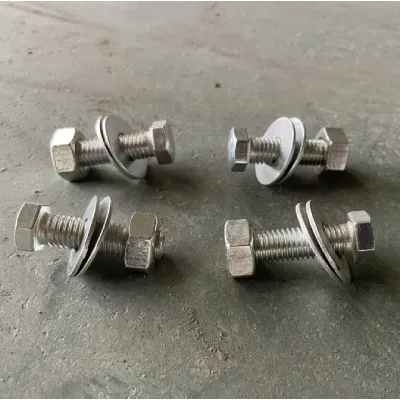loading...
- No. 9, Xingyuan South Street, Dongwaihuan Road, Zaoqiang County, Hengshui, Hebei, China
- admin@zjcomposites.com
- +86 15097380338
- Welcome to visit our website!
Understanding the Factors Influencing Fibreglass Grating Pricing and Cost Considerations for Buyers
Understanding Fibreglass Grating Prices A Comprehensive Guide
Fibreglass grating, widely recognized for its durability and resistance to corrosion, is an essential material in various industries, including construction, manufacturing, and chemical processing. This versatile product is favored for its lightweight nature, ease of installation, and low maintenance requirements. However, when it comes to purchasing fibreglass grating, many potential buyers are often curious about the factors influencing its price. This article aims to provide a comprehensive understanding of fibreglass grating prices and the variables that can affect them.
1. Types of Fibreglass Grating
Fibreglass grating comes in several types, each catering to different applications and environments. The primary types include pultruded grating, molded grating, and heavy-duty grating. Pultruded grating, known for its high strength and low deflection, is ideal for applications requiring significant load-bearing capacity. Molded grating, on the other hand, is typically used in environments where chemical resistance is paramount. The variation in manufacturing processes results in differing prices; generally, pultruded grating tends to be more expensive than molded grating due to its superior properties.
The thickness and size of fibreglass grates directly influence their price. Thicker grates can support heavier loads and offer increased durability, commonly leading to a higher cost. Additionally, larger sizes may also result in increased material use and shipping expenses, contributing to higher overall prices. Thus, custom sizes or thicker materials often warrant a premium.
3. Resin Type
The type of resin used in the production of fibreglass grating significantly affects its price. Different resins offer varying levels of strength, chemical resistance, and UV stability. For instance, isophthalic polyester resins provide excellent corrosion resistance but may be more expensive than standard polyester resins. Buyers should evaluate their specific needs against the costs associated with different resin types to make informed decisions.
fibreglass grating price

4. Surface Finish
The surface finish of fibreglass grating is another factor that can influence pricing. Options such as grit surface or smooth surface grating can vary in cost. Grit surfaces are often required in environments where slip-resistance is critical, making them slightly more expensive due to the additional manufacturing processes involved. Smooth surfaces, while less expensive, may not be suitable for all applications.
5. Quantity and Bulk Purchasing
Purchasing fibreglass grating in bulk typically results in cost savings. Many manufacturers and suppliers offer discounts for larger orders, which can significantly reduce the per-unit price. Therefore, businesses planning extensive installations or projects may benefit from bulk purchasing options. Additionally, engaging directly with manufacturers can sometimes lead to more favorable pricing than purchasing through third-party distributors.
6. Market Trends and Location
Market demand and regional factors also play vital roles in determining fibreglass grating prices. In areas where industrial activities are booming, the demand for fibreglass grating may drive prices up. Conversely, regional suppliers may offer competitive rates depending on local market conditions and transportation costs. Buyers are encouraged to compare prices from multiple suppliers to find the best deal.
Conclusion
In summary, understanding the pricing of fibreglass grating involves considering various factors, including the type of grating, thickness, resin type, surface finish, purchasing quantity, and prevailing market trends. By carefully evaluating these elements, customers can make more informed decisions, ensuring they select the right product for their needs at a competitive price. As with any significant investment, thorough research and shopping around are essential to securing the best value in fibreglass grating purchases.
-
The Rise of FRP Profiles: Strong, Lightweight, and Built to LastNewsJul.14,2025
-
SMC Panel Tanks: A Modern Water Storage Solution for All EnvironmentsNewsJul.14,2025
-
GRP Grating: A Modern Solution for Safe and Durable Access SystemsNewsJul.14,2025
-
Galvanized Steel Water Tanks: Durable, Reliable, and Ready for UseNewsJul.14,2025
-
FRP Mini Mesh Grating: The Safer, Smarter Flooring SolutionNewsJul.14,2025
-
Exploring FRP Vessels: Durable Solutions for Modern Fluid HandlingNewsJul.14,2025
-
GRP Structures: The Future of Lightweight, High-Performance EngineeringNewsJun.20,2025
